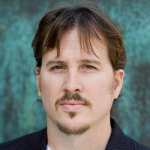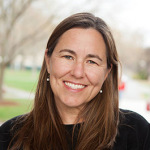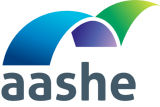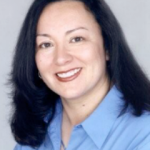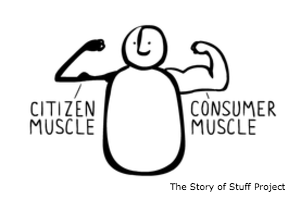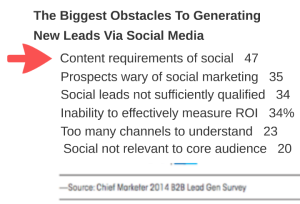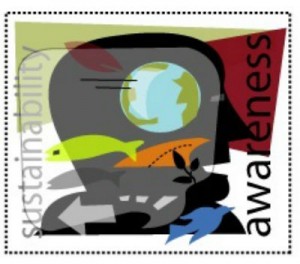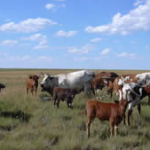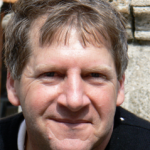Making Wiser Decisions in This Time of Great Uncertainty
Having the opportunity to work with Dr. Mark Trexler of the Climatographer on this blogpost really expanded my awareness of climate change risk. If there ever was one major risk to our planet, people, and prosperity this is it. Mark is an expert in this field and we were connected by Kirsi Jansa a documentary filmmaker who is creating the series, Sustainability Pioneers, which we feature here on our search engine, EarthSayers.tv, Voices of Sustainability.
Dr. Trexler and his teammate, Laura Kosloff are indeed pioneers and voices of sustainability.
Why Risk Analysis?
As we move off of debating the science of climate change, but given that we’ve been largely ineffectual thus far at slowing global climate change, it’s time to focus on how orga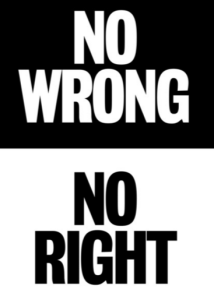 nizations can make wiser decisions in this time of great uncertainty. Complicating the move forward for organizations is uncertainty regarding which C-suite or Board level executive should be leading the charge. Climate risks may affect corporate operations, investment decisions and supply chain management. Further complicating things is there is no “right or wrong” when it comes to assessing corporate climate risk; however, as Dr. Trexler points out, in the aggregate, poorly supported risk assumptions may leave considerable risk on the table. And since opportunity is the flip-side of risk, climate-related opportunities may also be left on the table.
nizations can make wiser decisions in this time of great uncertainty. Complicating the move forward for organizations is uncertainty regarding which C-suite or Board level executive should be leading the charge. Climate risks may affect corporate operations, investment decisions and supply chain management. Further complicating things is there is no “right or wrong” when it comes to assessing corporate climate risk; however, as Dr. Trexler points out, in the aggregate, poorly supported risk assumptions may leave considerable risk on the table. And since opportunity is the flip-side of risk, climate-related opportunities may also be left on the table.
Where to Start?
As one uniquely qualified to help with advancing climate and sustainability agendas in the face of uncertainty, Dr. Trexler offers some recommendations while cautioning there is “no one size fits all.”
- Don’t get hung up on “mitigation vs. adaptation”; at the corporate level risk mitigation often involves adapting to changing physical and policy circumstances.
- Start by carrying out a “business materiality assessment,” that pulls in representatives from a range of business functions and initiatives.
-
If the materiality assessment referred to in the prior bullet suggests climate change is a material business issue, the next step is to think through what the climate risk scenarios are that the company should be using for strategic planning purposes and risk management purposes.
- With the appropriate internal team develop and maintain a climate change risk-based strategy that is incorporated into your organization’s advocacy and sustainability initiative(s).
- Because we can “see” some distance into the future, keep your strategy flexible and responsive. As the metaphor goes, you don’t have to outrun the bear to stay competitive, you only need to outrun the person next to you.
The Climate Web™ an antidote to #ClimateNoise
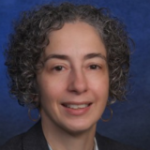
Laura Kosloff
The Climate Web, which we will cover in more detail in my next blogpost, is a knowledge solution developed by Mark and Laura to help users find the information they need to identify and track the climate risk issues of most importance to them. The Climate Web organizes thousands of reports, news stories, blogs, and other materials, often extracting and linking critical information for easy access.
Here I am reminded of the quote by E.O. Wilson.
“We are drowning in information while starving for wisdom. The world henceforth will be run by synthesizers, people able to put together the right information at the right time, think critically about it, and make important choices wisely.”
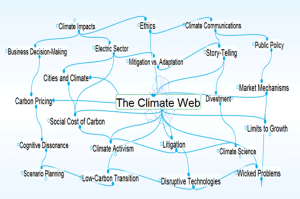 The Climate Web addresses this situation we find ourselves in with information overload and limited access to curated, relevant content making informed decisions difficult – at times impossible – especially when it comes to the goal of sustainability and the reality of global climate change. This problem is one we here at EarthSayers.tv also address by curating the voices (all video) of hundreds of thought leaders and practitioners from all walks of life so that thought leaders and experts such as Mark and Laura rise to the top of search results and can be found in the sea of information.
The Climate Web addresses this situation we find ourselves in with information overload and limited access to curated, relevant content making informed decisions difficult – at times impossible – especially when it comes to the goal of sustainability and the reality of global climate change. This problem is one we here at EarthSayers.tv also address by curating the voices (all video) of hundreds of thought leaders and practitioners from all walks of life so that thought leaders and experts such as Mark and Laura rise to the top of search results and can be found in the sea of information.
Having worked in large manufacturing, distribution and marketing organizations, I know one of the pitfalls to decision-making is the assumptions we bring to the table. Thankfully in this regard Mark identifies for decision makers seven fairly common assumptions that need to be challenged based on their over twenty-five years experience advising a wide range of clients, worldwide, on climate change risk and analysis.
Seven Not So Helpful Assumptions
• Climate risks are really no different than other business risks; they’re not.
• The future of climate policy will look like the past; unlikely.
• Focus only on the obvious climate risks; in practice it’s the 2nd and 3rd order risks that will be the biggest problem for many companies.
• Physical and policy climate risks will evolve slowly and linearly; in both cases sudden shifts are actually more likely.
• Climate change won’t be business material within a relevant timeframe; more and more companies are already finding that’s not true.
• We should stick with “expected” levels of change for risk management; in reality most of the risk is in the “fat tail” of the risk distribution. We routinely recognize this in all kinds of risk decision-making, e.g. insurance.
Mark has also served as a lead author for the Intergovernmental Panel on Climate Change, and holds graduate degrees from the University of California at Berkeley. To take advantage of his expertise in both the public and private sectors, contact him at: mark@climatographer.com.
Time is of the essence.
Ruth Ann Barrett, Sustainability Advocate, April 20, 2016, Portland, Oregon.

 If you think technology is going to be the big fix for issues and problems associated with the availability, use, and conservation of water, especially in the context of global warming, you might want to balance that view with a better understanding of how important is the ethic of water by listening to seven thoughtful leaders from the
If you think technology is going to be the big fix for issues and problems associated with the availability, use, and conservation of water, especially in the context of global warming, you might want to balance that view with a better understanding of how important is the ethic of water by listening to seven thoughtful leaders from the 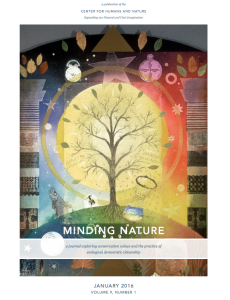
 In this presentation (
In this presentation ( Dr. Kimmerer is a voice you may not have heard yet, but need to
Dr. Kimmerer is a voice you may not have heard yet, but need to  If we are going to pursue sustainability as an operating principle of our planet, then it can’t remain business as usual when it comes to the buying and selling of oil as we are denying and acting against the basic principle that a country belongs to its people. An especially treacherous situation made worse when coupled with the bad, old rule, ‘Might Makes Right.’
If we are going to pursue sustainability as an operating principle of our planet, then it can’t remain business as usual when it comes to the buying and selling of oil as we are denying and acting against the basic principle that a country belongs to its people. An especially treacherous situation made worse when coupled with the bad, old rule, ‘Might Makes Right.’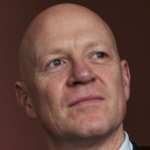 I found
I found 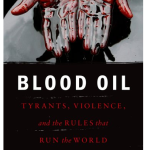 ning his Bachelor’s degree from Stanford, he went to Harvard to study with John Rawls, and wrote his doctoral thesis on property rights with Robert Nozick and T.M. Scanlon. He has worked in the UK since 1997.
ning his Bachelor’s degree from Stanford, he went to Harvard to study with John Rawls, and wrote his doctoral thesis on property rights with Robert Nozick and T.M. Scanlon. He has worked in the UK since 1997.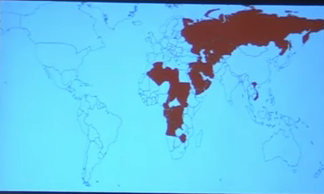
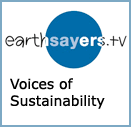 help, be better able as a proponent of sustainability to recount the Big Picture of oil, discuss the upgrade called for, and continue to champion the sustainability path as a way to move to the right side of history when it comes to buying and selling oil and other natural resources.
help, be better able as a proponent of sustainability to recount the Big Picture of oil, discuss the upgrade called for, and continue to champion the sustainability path as a way to move to the right side of history when it comes to buying and selling oil and other natural resources.
 the need to view the city as a sponge, absorbing water, rather than corralling, then whisking it away down the drain and into our waterways. “Engineering water into submission” is how they talked about it on NPR and it dates back to the Romans and aqueducts. It also is how I got to the idea of retrofitting existing surface parking lots to be spongy ones as part of my neighborhood work as a sustainability advocate.
the need to view the city as a sponge, absorbing water, rather than corralling, then whisking it away down the drain and into our waterways. “Engineering water into submission” is how they talked about it on NPR and it dates back to the Romans and aqueducts. It also is how I got to the idea of retrofitting existing surface parking lots to be spongy ones as part of my neighborhood work as a sustainability advocate.
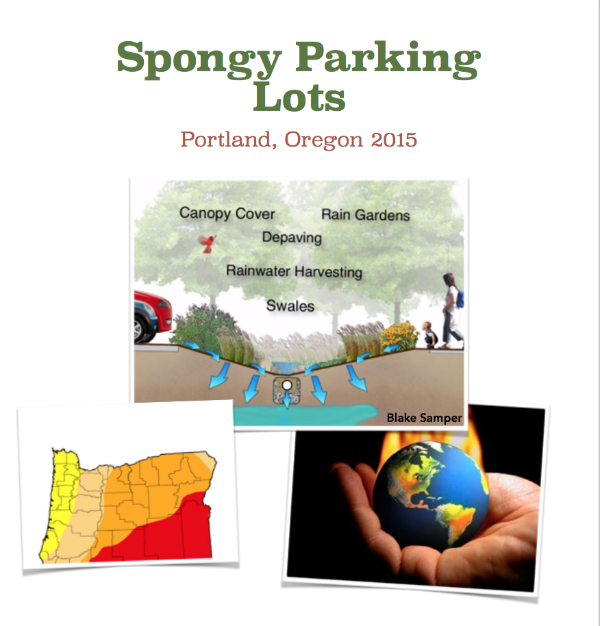
 nimum canopy cover of 25 percent of each residential neighborhood and 15 percent of the central city, commercial and industrial areas.”
nimum canopy cover of 25 percent of each residential neighborhood and 15 percent of the central city, commercial and industrial areas.”

